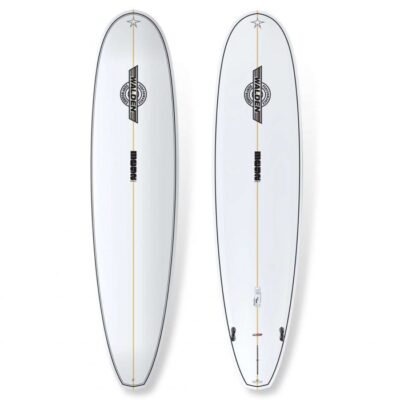Description
“…OUR MODERN FISH DESIGN IS BUILT FOR SPEED.”
With a shape that’s more today than yesterday, our modern “fish” design is built for speed. Excelling in chest to overhead high waves, it performs on those hollow, glassy days, yet enjoys mushy, sloppy and less than perfect conditions too.
Comprised of a full nose and wide mid, with clean balanced curves that blend into a swallow tail. The bottom contours through single to double concave with a lightly flipped nose. Tune to your taste with Tri-Quad option.




